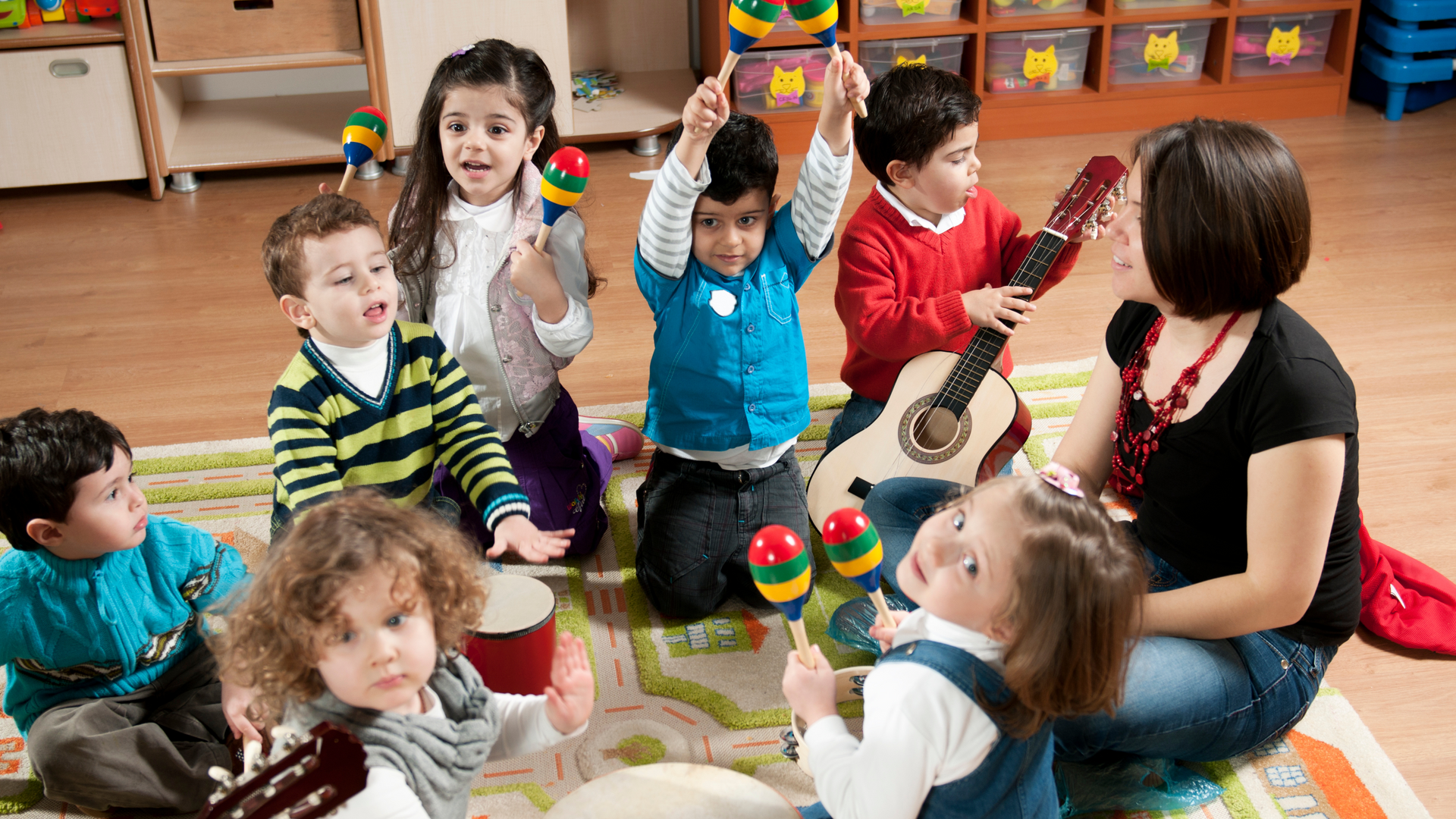The Parent-Teacher Connection: Tips for Staying Involved in Your Child’s Education

At EduKids Academy, we know that early childhood education is most effective when parents and teachers work as a team. While your child’s teacher plays a critical role in guiding development and learning, you are your child’s first and most important teacher. When parents and educators partner together, children benefit in countless ways—academically, emotionally, and socially.
But with today’s busy schedules and the fast pace of family life, staying involved in your child’s education can feel like a challenge. Whether your child is just starting preschool or preparing for kindergarten, building a strong parent-teacher connection doesn’t have to be complicated—it just needs to be intentional.
This post will explore the importance of parent-teacher communication, how to foster a meaningful relationship with your child’s school, and simple, effective ways to stay involved throughout the year.
Why the Parent-Teacher Relationship Matters
When parents and teachers are on the same page, it creates a powerful support system for a child. Research consistently shows that parental involvement in early education leads to:
- Higher academic achievement
- Better classroom behavior
- Improved social-emotional development
- Increased motivation and confidence
- Stronger language and literacy skills
A strong parent-teacher connection also means that children receive consistent messages at home and at school, which builds a sense of security and helps them feel understood.
At EduKids Academy, we believe education is a shared journey. By working hand-in-hand with families, we ensure that every child is seen, supported, and set up for success.
Tip #1: Build a Relationship Early
Don’t wait for a problem to arise before getting to know your child’s teacher. Introduce yourself early in the school year and express your interest in being involved. Teachers truly appreciate knowing that parents are invested.
Try This:
- Attend open house or orientation events.
- Send a brief email or note to say hello and share a little about your child.
Ask about the best way to stay in touch (email, messaging app, phone, etc.).
Tip #2: Communicate Consistently
Ongoing communication is essential. You don’t need to check in every day—but touching base regularly helps build trust and opens the door for meaningful conversations when challenges or questions arise.
Try This:
- Ask your child’s teacher how things are going—academically and socially.
- Read newsletters or parent updates sent home.
- Keep your child’s teacher informed of any changes at home that may affect behavior (e.g., a new sibling, changes in sleep routines, etc.).
Remember: Communication goes both ways. Your child’s teacher is your partner, not just a source of information.
Tip #3: Stay Involved at Home
Supporting your child’s education doesn’t have to mean spending hours at school. Much of your involvement happens at home through the routines, conversations, and activities you share.
Try This:
- Set aside 10–15 minutes each evening to ask about your child’s day (“What made you smile today?” or “What did you learn?”).
- Read together daily—even 5–10 minutes makes a difference.
Reinforce classroom learning with fun, hands-on activities (sorting laundry by color, counting snacks, naming shapes during walks).
Tip #4: Participate in School Events (When You Can)
From holiday performances to classroom parties, parent participation in school events strengthens the home-school connection and shows your child that school is important to your family.
Try This:
- Attend at least one event each semester if possible.
- Volunteer for a classroom activity, field trip, or book fair—even once a year is helpful!
- Ask if there are “at-home” volunteer opportunities like prepping materials or sending supplies.
Pro Tip: If your schedule makes daytime events difficult, communicate with your child’s teacher and see if there are alternative ways to stay involved.
Tip #5: Ask for Feedback and Be Open to It
Teachers spend hours with your child and can offer valuable insights into their learning style, social skills, and emotional development. Ask for honest feedback—and be open to it, even if it’s hard to hear at first.
Try This:
- During conferences, ask: “What are my child’s strengths? What areas can we support at home?”
- Avoid defensiveness—view feedback as a window into your child’s growth.
- Work together on strategies to support your child, rather than trying to solve challenges alone.
Tip #6: Celebrate Your Child’s Progress—Big and Small
Not every milestone is academic. Celebrating your child’s social wins (making a new friend, sharing, trying something new) encourages effort and builds self-esteem.
Try This:
- Acknowledge positive school behaviors: “I heard you helped clean up the blocks today—great job being a helper!”
- Ask teachers what your child is working on and praise their progress.
Display schoolwork at home to show you’re proud of their effort.
Tip #7: Align Your Routines with School Goals
When home routines complement classroom expectations, children feel more secure and develop greater independence. A consistent routine also helps children transition smoothly between school and home.
Try This:
- Establish a morning routine that helps your child arrive at school well-rested and on time.
- Create a calm evening routine with time for reflection, reading, and connection.
Mirror classroom strategies for discipline, praise, or behavior cues.
Tip #8: Advocate Positively
If you have concerns, approach your child’s teacher with empathy and the goal of working together. Educators want what’s best for your child—and your input matters.
Try This:
- Use “I” statements: “I’ve noticed Emma seems nervous about going to school. Can we talk about how she’s doing in class?”
- Schedule a meeting instead of trying to resolve issues at drop-off or pick-up.
Be specific, respectful, and solutions-focused.
What if You’re Not Sure How to Be Involved?
It’s okay to start small. Even if you can’t volunteer or attend events regularly, showing your interest in your child’s learning journey makes a big difference.
Here are 5 quick ways to be involved, even with a tight schedule:
- Write a note or email of thanks to your child’s teacher.
- Ask your child to tell you one thing they learned each day.
- Share a photo of your child enjoying a school activity.
- Check the school calendar weekly for important dates.
- Read the class newsletter out loud with your child and talk about it.
At EduKids Academy, we welcome all levels of parent involvement—and we’re here to support you every step of the way.
Building the Connection at EduKids Academy
Our team at EduKids Academy understands the value of strong parent-teacher partnerships. That’s why we provide:
- Open lines of communication with daily updates and newsletters
- Regular parent-teacher conferences
- Family engagement events and volunteer opportunities
- Collaborative goal-setting to support your child’s learning journey
We don’t just teach children—we partner with families to nurture their full potential.
Final Thoughts
Your involvement in your child’s education doesn’t require perfection—it just requires presence. Whether you check in with their teacher once a month or volunteer at every class event, your efforts matter. When parents and teachers work together, children feel supported, confident, and ready to thrive.
And if you're just beginning the journey of early childhood education, learning about the 7 Advantages of Early Childcare Enrollment or exploring What’s the Best Age to Start Childcare can help you make informed, confident decisions for your child’s future.





















